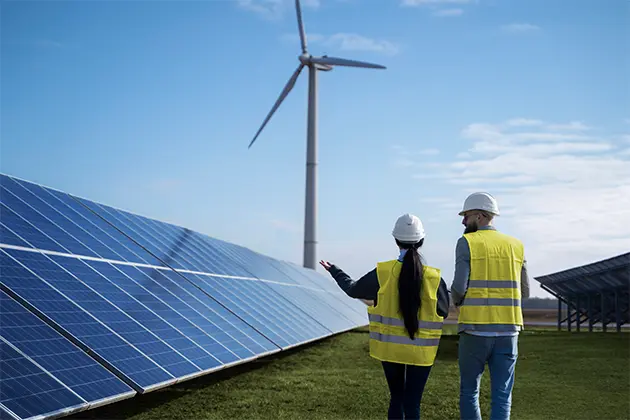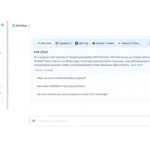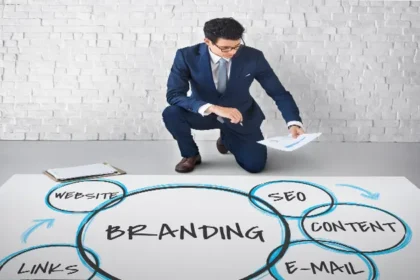The grid integration of renewable energy has become a much-discussed topic. What should those involved consider to make their efforts go as smoothly as possible?
Have Realistic Expectations About Delays
Green power utilization has become a priority for companies of all sizes and types. The growing demand has meant that the grid integration of renewable energy may include more waiting time than those overseeing it expect.
That is primarily due to the grid interconnection queue. It comprises the parties that have made connection requests to the respective operators. One of the primary problems is that the total capacity of those pending connections exceeds what the grid can currently handle.
Data from a 2024 study from the United States showed almost 2,600 gigawatts of generation and storage capacity projects pending grid connection. Additionally, at the end of 2024, the electrical infrastructure could generate 1.28 terawatts. However, the interconnection queue’s capacity was nearly 2.6 terawatts, showing the rise in green energy investment.
When the researchers gathered their data in 2023, some grid operators also temporarily halted request reviews, indicating they would not resume until 2025. These examples show that people pursuing the grid integration of renewable energy must understand all relevant factors and how delays could occur.
Use Simulation Tools to Aid Planning
All grid integration plans must account for the specific infrastructure needs of those intending to use renewable energy. One way to accelerate this process is to deploy a digital twin that can allow people to see the effects of adding different equipment and running it with green power.
In one case, researchers built one that performs real-time grid analyses and can predict the future status of the infrastructure. Those details help operators prevent blackouts and achieve better oversight of performance and trends. Digital twins and similar simulation tools allow users to verify that their renewable energy plans align with the grid’s capabilities.
These resources are also helpful for enabling people to make broader power infrastructure choices according to their budgets and other needs. Weighing those things in advance equips individuals to make the most appropriate decisions and feel confident in the outcomes.
For example, people purchasing transformers must determine if they will place the equipment indoors or out. Wet ones are quieter, but dry types are safer for indoor applications. Additionally, liquid-filled transformers are more efficient and smaller and can handle higher voltages than their counterparts. Digital twins help people determine how new transformers and other equipment fit with their other assets.
Install a Monitoring Tool
Once people have completed the grid integration of renewable energy, they should strongly consider using a specialized platform that allows them to remotely adjust and monitor their assets. Such solutions will enable them to increase the likelihood of positive results while reducing negative outcomes. Some products support making real-time adjustments, improving management and maximizing returns on investment.
Anyone thinking about using these tools should ensure they will work with their existing infrastructure. Fortunately, some vendors prioritize compatibility with numerous brands. One headquartered in France has products that integrate with 95% of commercial equipment, showing its commitment to interoperability.
Those who choose to use monitoring technology should set aside ample time to learn how to use it and decide what kinds of notifications they want to receive. Keeping them as relevant as possible should prevent alert fatigue while giving users the most pertinent information to shape their decisions.
Those interacting with these products must familiarize themselves with security settings and change them to safeguard against potential cyberattacks. For example, activating a multifactor authentication setting and automatically downloading software updates as available are best practices. These preventive measures are essential as more cybercriminals see critical infrastructure as an attractive target.
Succeed With the Grid Integration of Renewable Energy
Whether you have already started the steps for adding green power to the electric infrastructure or have yet to settle on a timeline for taking that step, these tips will maximize productivity and help everyone involved have accurate expectations. It is also advisable to keep thorough documentation of the process, including the challenges encountered and what went well. Those details will prove invaluable to future efforts.










